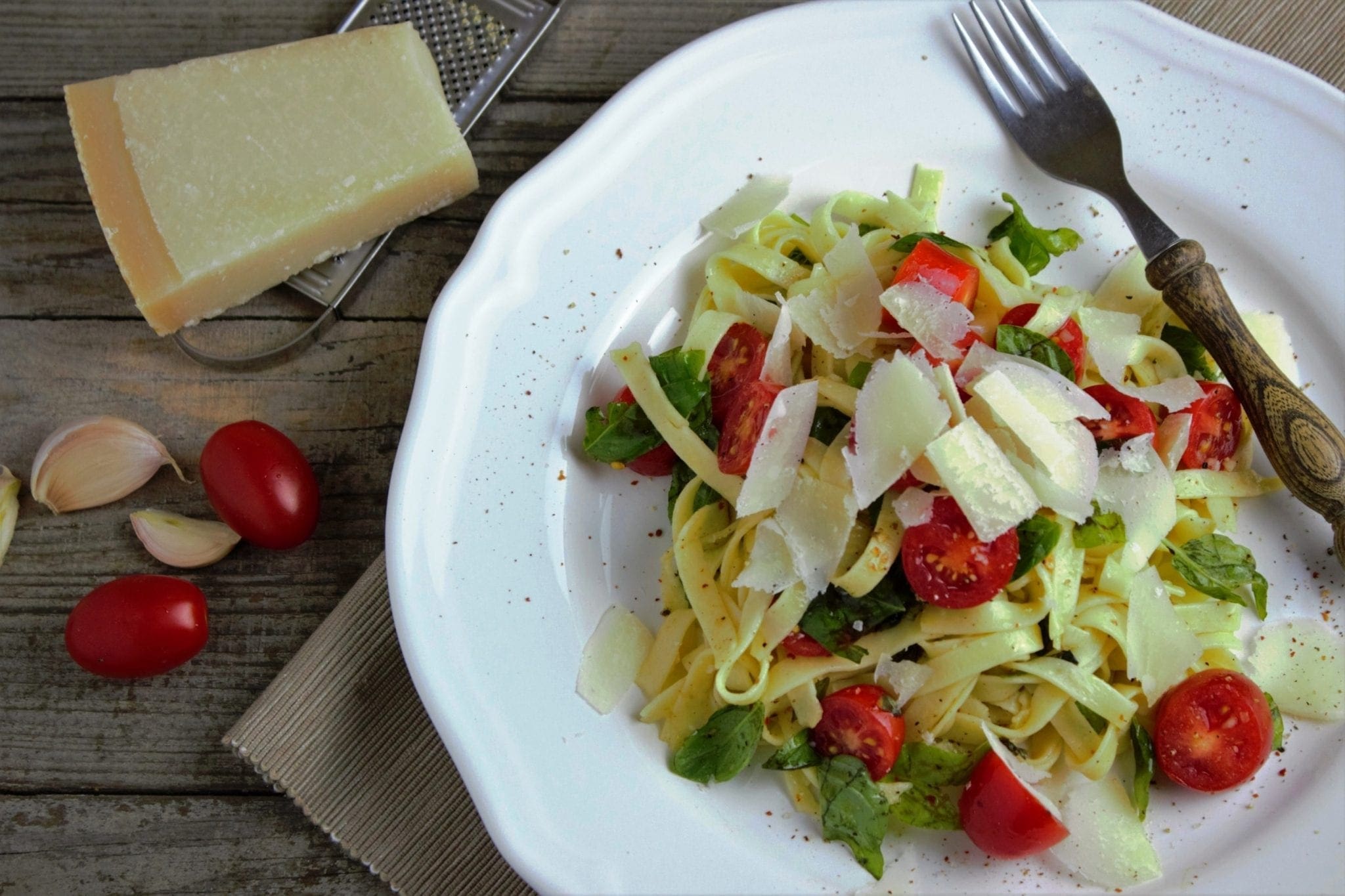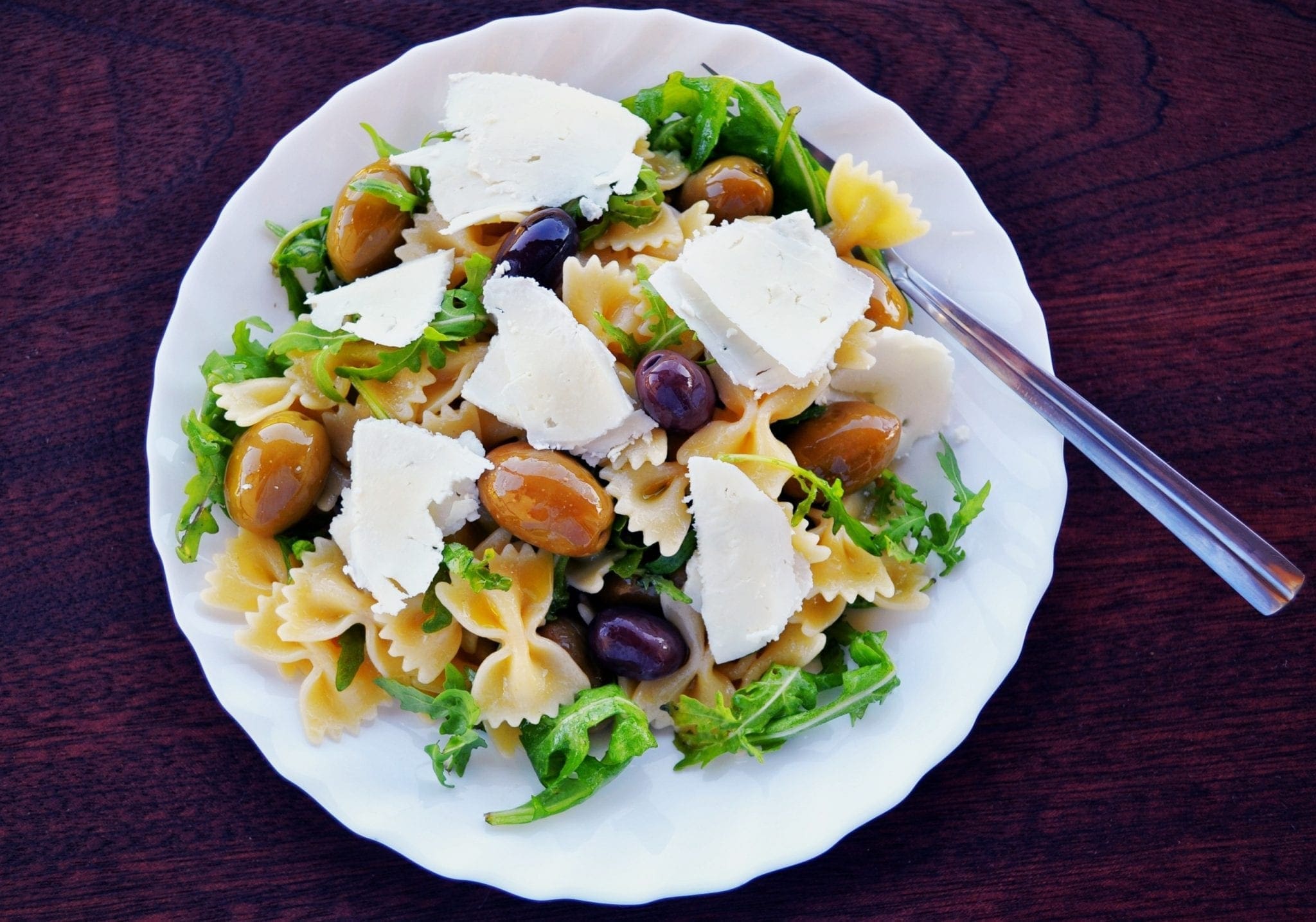AS summer approaches, it’s time to rethink our weekly meals and what to make to replace those hearty dishes, such as oxtails, stews and curries, that are so satisfying and comforting in the colder months.
Summer also means spending as much time outdoors as possible, and who wants to slave in the kitchen for hours while friends and family are outside splashing around in the pool or enjoying sundowners?
One of the simplest, yet most delicious lunches or dinners to have during the hot months are simple, quick-to-make pasta dishes that also take advantage of no-cook sauces, which means the least amount of time spent working over a hot stove.
We asked some of the chefs who lecture at the six Capsicum Culinary Studios campuses across South Africa for their favourites and we were inundated with recipes, so we chose the 10 best, a couple of which are also ideal for vegans and vegetarians. Here they are:

Marinated Tomato: In a large bowl, salt halved cherry tomatoes and mix with olive oil, crushed garlic and whole basil sprigs, and let sit at room temperature for an hour or two. Toss into pasta just before serving.
Blanched and Raw Peas with Mozzarella: Cook the pasta according to package instructions. In the last few minutes of cooking, toss in thinly sliced snap peas and a handful of frozen peas. Meanwhile, in a large bowl, combine more raw, thinly sliced snap peas, salt, pepper, olive oil, cubes of room-temperature mozzarella and crushed chilli flakes. Garnish the finished dish with fresh herbs and serve.
Chicken with Tomatoes and Feta: Chop cooked skinless, boneless chicken breasts into bite-size pieces and toss with halved cherry tomatoes and cubes of feta cheese. In a small bowl, whisk together extra-virgin olive oil, red wine vinegar, crushed garlic, Dijon mustard and a pinch of salt and pepper. When pasta is cooked, add chicken, tomatoes and feta and mix into pasta. Add dressing just before serving and toss to coat all ingredients. Garnish with fresh basil leaves.
Yogurt with Feta and Green Olives: In a large bowl, mash crumbled feta and Greek yogurt with a fork. Season with salt and pepper. If it’s too thick, add olive oil to thin, and toss in halved, pitted green olives and fresh dill or mint. Toss into the pasta.
Goat’s Cheese and Zucchini: Grate zucchini on the large holes of a box grater. Transfer to a colander, and add salt. Let the juices drain while the pasta cooks. In a large bowl, stir together the zucchini and goat cheese. Sprinkle with za’atar (a mix of dried oregano, sumac, sesame seeds, marjoram and thyme and available at leading supermarkets).
Ricotta and Lemon: This no-cook sauce is a 50-50 mix of ricotta and Parmesan, with the zest and juice of one lemon added. To make it more filling, add peas, asparagus or spinach in the last few minutes of the pasta boiling or stir in fresh rocket or watercress with the sauce.
Spicy Pesto: Make pesto, but swap the basil for rocket and add finely chopped jalapeño or serrano chilli. Toss into the pasta once cooked. You can add shavings of Parmesan or pecorino before serving.
Salami and Black Pepper: Combine thin slices of salami in olive oil, lemon zest, grated garlic and lots of coarsely ground black pepper. Add finely grated pecorino or Parmesan cheese and lemon juice, and toss with the pasta.
Crushed Walnuts and Anchovy: Use a food processor or mortar and pestle to crush toasted walnuts with garlic and anchovy fillets. Combine with olive oil, finely grated Parmesan and lemon zest. Add lemon juice to taste. Garnish with fresh basil leaves.
Tomato and Tuna: Combine chopped tomatoes, olive oil, garlic, vinegar, and basil in a big bowl on the counter and leave at room temperature for an hour or two. When the pasta is just cooked, toss it all together with a handful of grated Parmesan and a can of drained tuna.

TIPS FOR COOKING THE PERFECT PASTA
Don’t put oil in your water or on your pasta as it will cause the sauce to slide off the noodles rather than stick to them.
Use at least three litres of water to every 250g of pasta so that as the pasta begins to cook and expand there is still plenty of room for the noodles to move freely.
Salting the water is your only opportunity to season the pasta itself. Add at least 1 tablespoon of salt to every three litres of water.
Bring water to a rapid boil before adding the pasta. Noodles that are added too soon will be soggy and improperly cooked.
As soon as you drop your pasta in the water, stir it as this prevents the pasta from sticking together, or to the bottom of the pot.
Cooking times vary for different pastas so boil the pasta according to the instructions on the packet. A minute before it should be done, remove a piece and taste it. If the pasta is mildly chewy but doesn’t stick in your teeth, it is done. If the pasta seems a little hard cook for another minute and test it again.
Before you drain save a cup of the cooking water and reserve for your sauce. This helps the sauce adhere better to the pasta and also adds richness and flavour.
Drain your pasta enough to remove most of the water, but don’t let drained pasta sit because as it cools, the starches will firm up and the pasta will clump.
Add pasta to the sauce – not the other way around. Keep the sauce warm in a large, wide saucepan and add the noodles to immediately after draining.
If you want to hone your cooking skills even further then think about Capsicum Culinary Studios internationally recognised and accredited Chef 101 course which you can do from the comfort of your own home. This top international digital learning platform guides users through culinary technique building blocks, giving them the ability to launch themselves into further studies, a career as a chef or to become an amazing home cook. Chef 101 includes 20 cooking courses. To find out more, click here.
